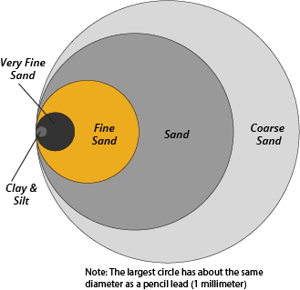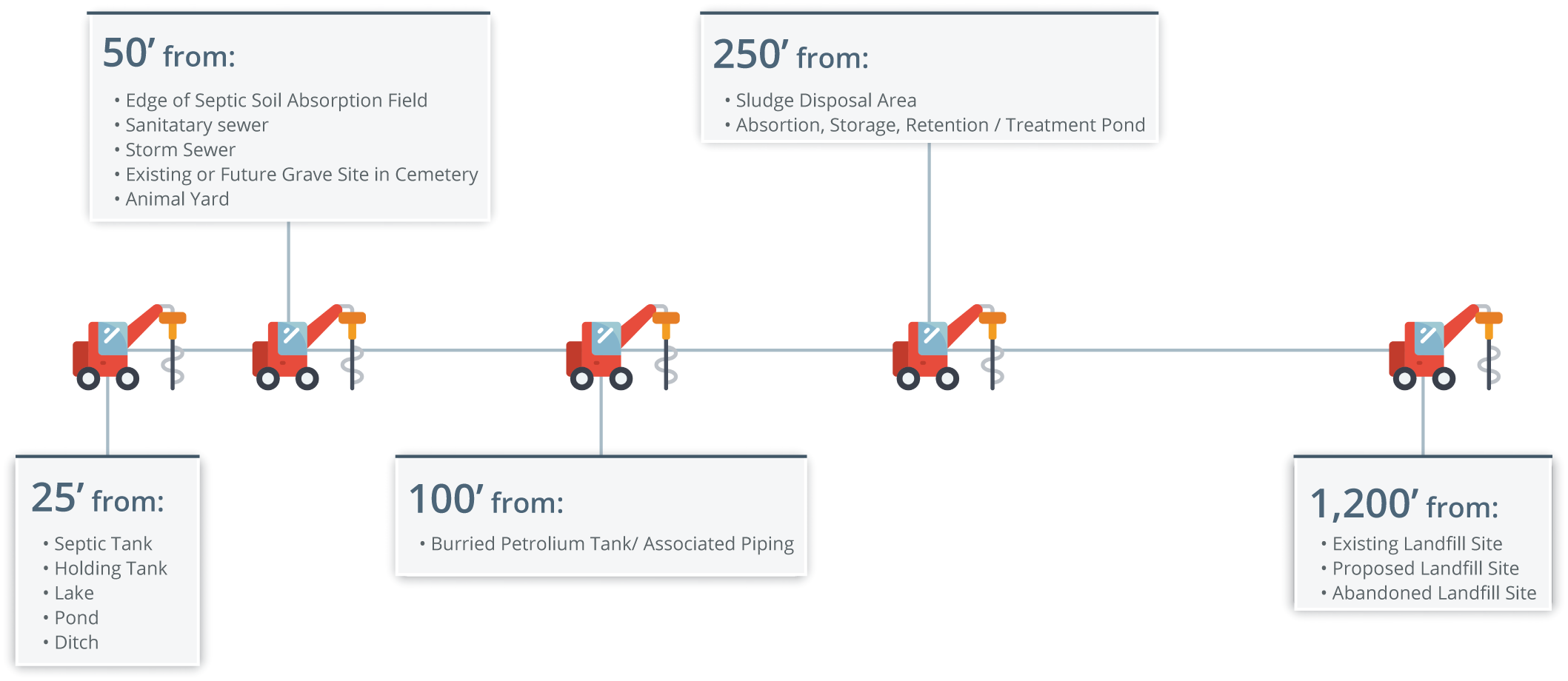When using a well point, location is extremely important. It may be a lot harder to find the perfect place than you might think. There are actually lots of different location conditions which can make keeping them all straight, a challenge.
In this blog, we will go over the typical location requirements and what to look for to ensure you safely and accurately install your drive well point. Let's get started!
Unsure about what a Well Point is? Check out our blog Well Points: What are they?
Application
Typically, Well points are used by people who own country property or cottages near lakes as they use them to install their main or secondary water supply system.
There are three basic types of wells, bored/drilled, dug and driven. Well points are used for driven well types. How deep the well needs to be is solely determined by how deep the water table is. The water table is the border between sanitary water and unsanitary water.
In good conditions, the maximum depth to draw water in a shallow well application is 25'. The use of well points in a shallow well is generally not a good source for potable water. Shallow wells are more exposed to pollution from fertilizer, animal waste and dry wells. If a well point is being used for a source of potable water, you should refer to your applicable local well and plumbing codes. Regular testing will be necessary to ensure it's safe for drinking.
Driving the Well Point
To properly drive your well point, the entire point must be below the water table or else the pump will only suck up air. Something to keep in mind, is that the water table will eventually lower as the pump runs, so the point will have to be lower than what the pump can draw the water table down to. To ensure good suction, make sure the  entire length of the well point is immersed and if able at least two feet beyond that to account for seasonal variations in the water table.
entire length of the well point is immersed and if able at least two feet beyond that to account for seasonal variations in the water table.
It's also good to be aware of the ground for which the well point has to travel through. Coarse sand for example, is the easiest to drive a point through where fine sand is extremely hard since the fine sand would grip the point. Sharp gravel is nearly impossible to drive a well point through since it will tear the screens. The chart on the right shows the difference between the size of coarse sand and fine sand.
A wash down valve may have to be used for certain particles. For more on wash down valves, check out our blog Well Points: What are They?
Location
When trying to find a location to drive the well point, it is important to keep in mind any other sources of contamination that could be located near by. The well should also be on a higher part of ground. Steer clear of a location near any marshy areas or septic tanks that could cause contamination to the water. If there is a sewer line close by, it is important to stay at least 50 feet away.
You should also check with your utility company to ensure that you don't start the well on top of underground service lines. Check with your local building department before you start construction, many areas require a permit or some authorities have laws that prohibit wells. They will also be able to tell you if the groundwater is contaminated by any toxic chemicals, this is becoming more common in developed areas.
The below chart shows typical location requirements that you should follow when selecting an area to drive a well point.

When it comes to installing a well point correctly, your first thought should be location. Once you have crossed off the list of requirements and found an ideal location, you can start to drive your well point, stress free. Remember to always check with your local geological survey office to confirm that your area is suitable for an easy well point installation process.
Have further questions about this subject?

Head over to Boshart's Knowledge Base: technical product information, guidelines, and more.





SHARE